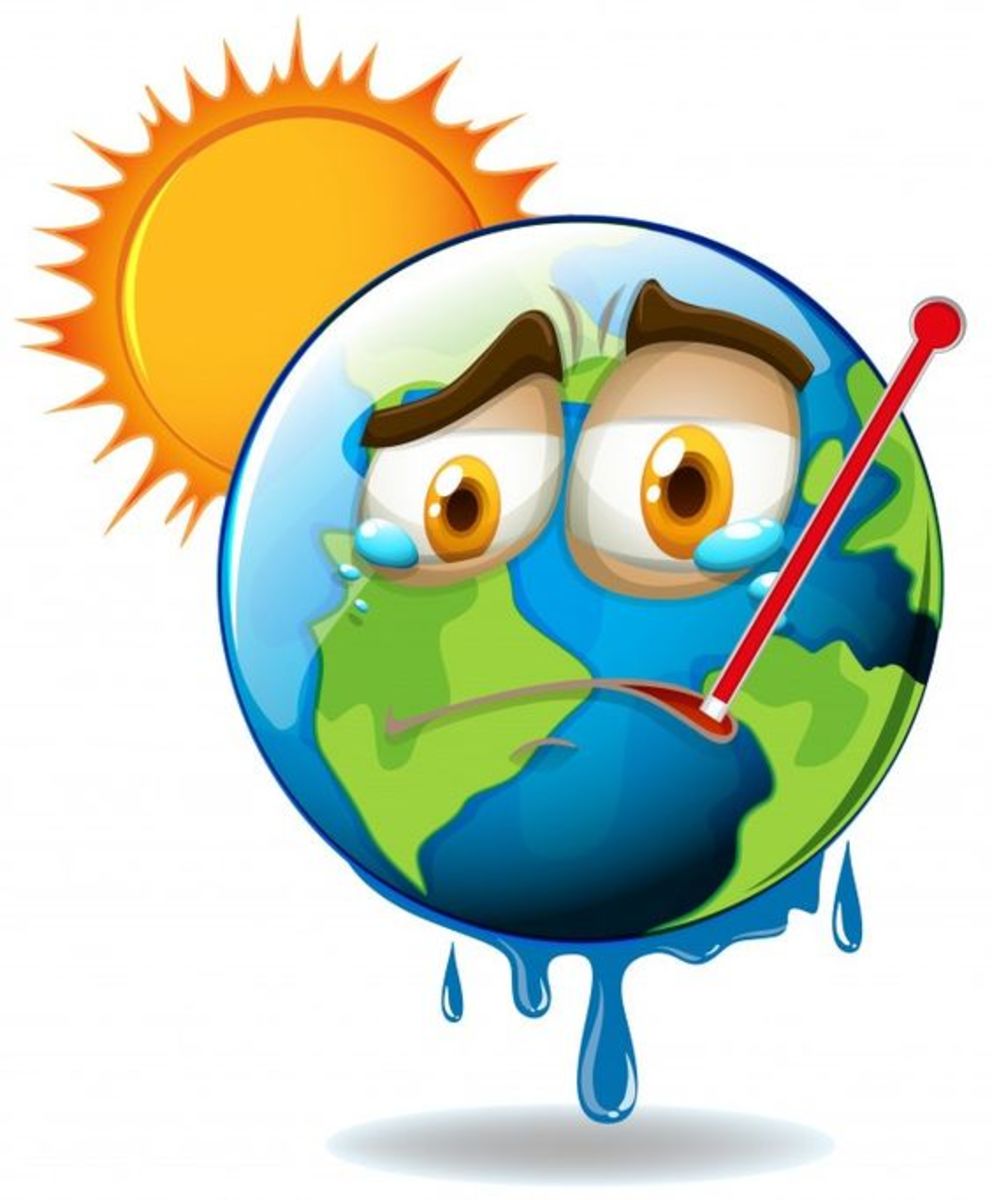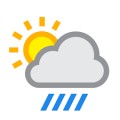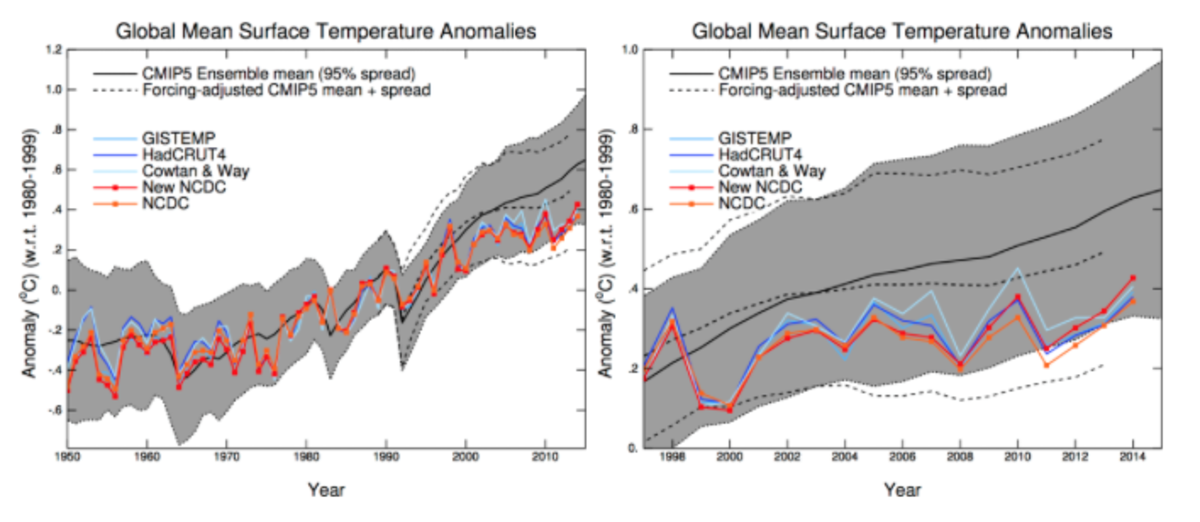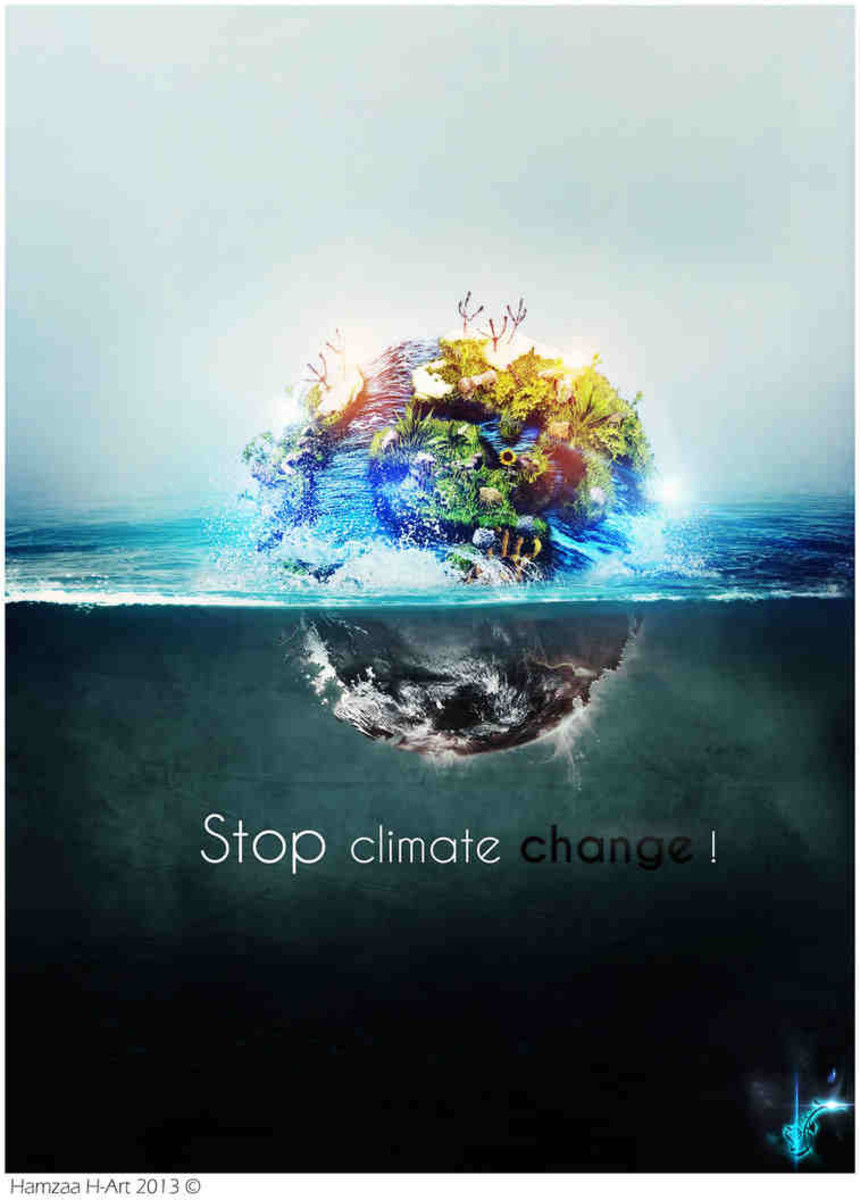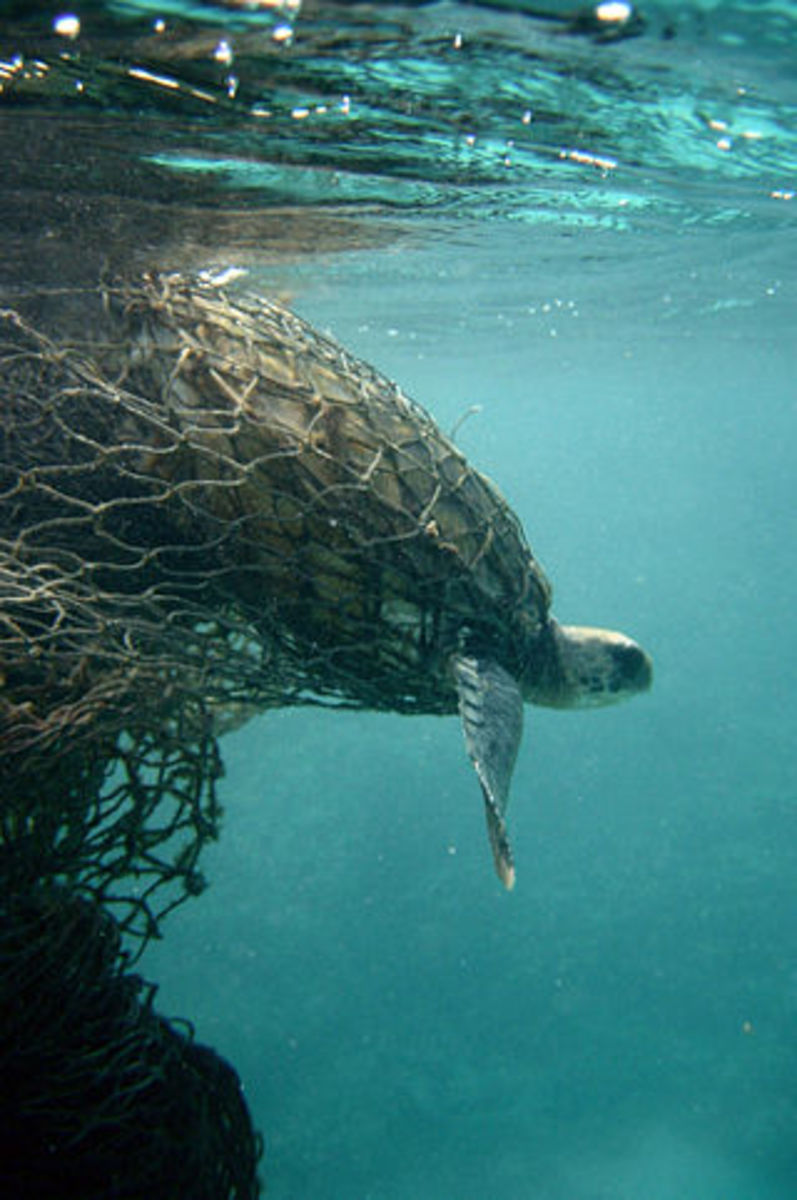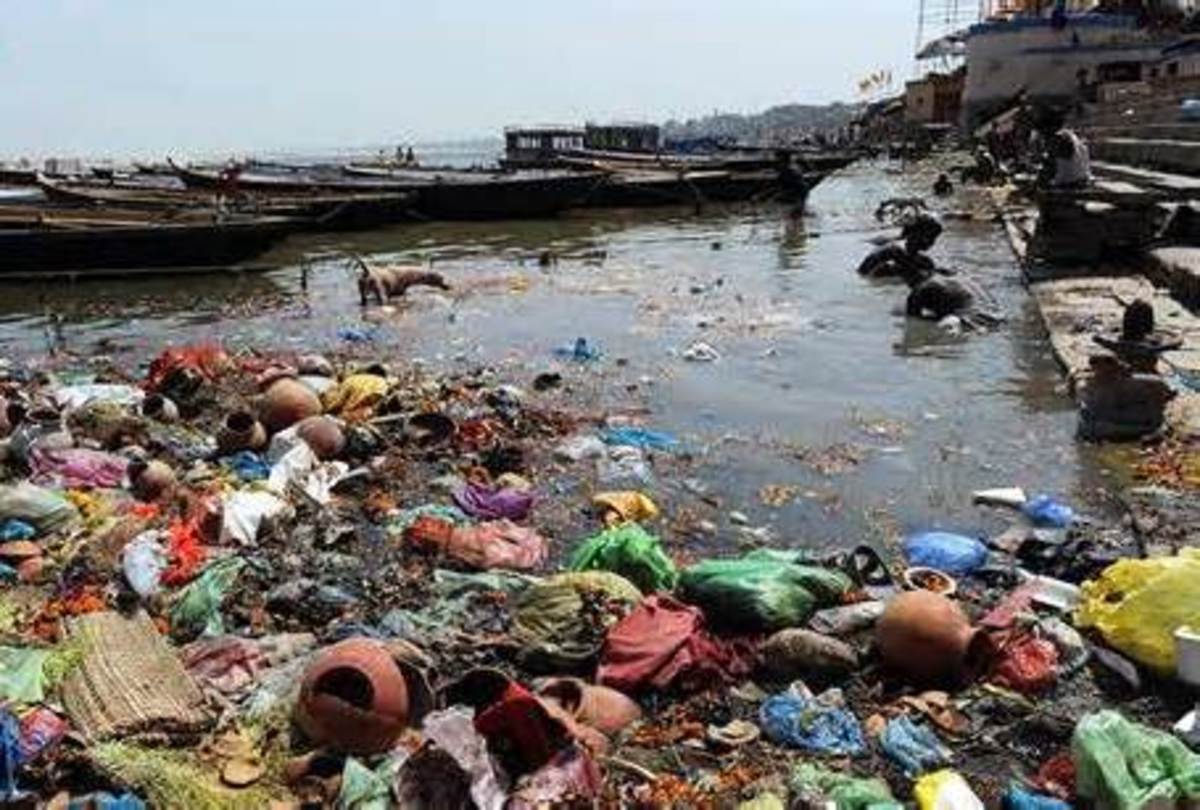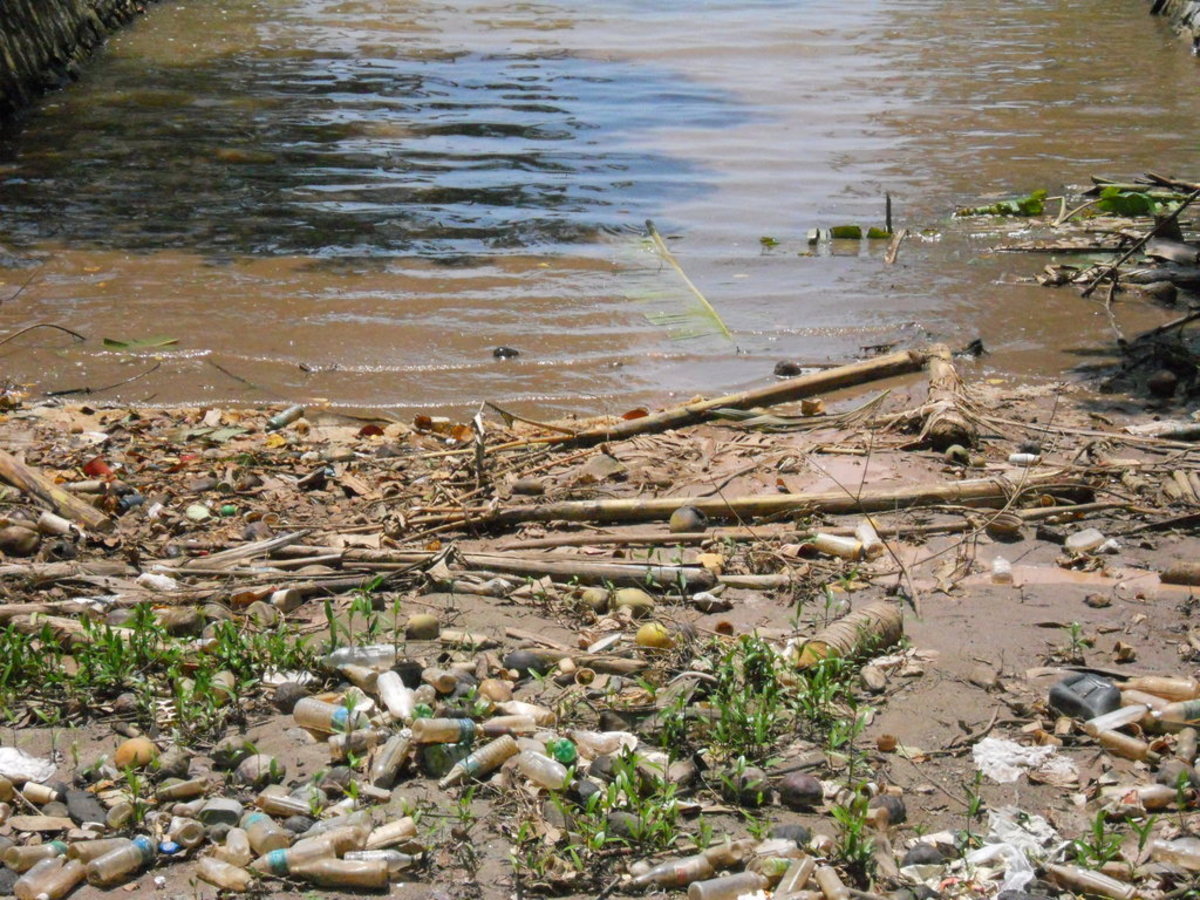Why Global Warming Is Real
Global Warming
Global warming is a very real and dangerous thing that is hurting the environment. The temperature has already risen about 1 degree celcius, if we don’t do anything to prevent it from rising anymore there would be irreversible damage. "This is concerning because we know there are so many more problems if we exceed 1.5 degrees C global warming, including more heatwaves and hot summers, greater sea-level rise, and, for many parts of the world, worse droughts and rainfall extremes," said by Andrew King. The results of global warming cause many issues, which begins a spiral effect of terrible things happening. Global warming is causing the sea levels to rise an excessive amount, extreme drought, and other natural disasters to be more extreme.
“Global sea level rose about 17 centimeters in the last century. Over the past decade, sea levels have risen at twice the rate of the preceding century. Currently, the rate of rise is a little more than 3 millimeters a year,” (NASA). One thing that the rising sea levels would do is erode away our continents, giving us less land for us to live on. The rising sea-levels would creep up onto land and the water would seep into underground water sources, contaminating water sources with saltwater. Then removing the salt from the water would be a very costly and complex process. Both erosion and the contaminated water sources would interfere with farming. Erosion would give farmers less land to raise their crops and animals, also the saltwater in the water could ruin crops and make the livestock sick. These are only a few of the impacts of sea levels rising.
Drought is an extreme that one may believe is caused by global warming. We use water for many things such as cooking, bathing, and washing clothes and dishes, without water or if we had limited amounts of water our lives would be greatly impacted. Many people fail to see the connection between climate change and drought, “That’s because as more greenhouse gas emissions are released into the air, causing air temperatures to increase, more moisture evaporates from land and lakes, rivers, and other bodies of water,” (The Climate Reality Project). Drought causes both environmental and social trauma. In the environment, plants are getting little water from the soil and in turn shrivel up and die. Animals also have little water to drink and with the plants dying have little food as well. This forces the animals to migrate and find a new home for themselves. Socially, people are dying from lack of water as well and their farms are doing terribly as well. Just like the wild animals, people also suffer from the lack of water in the same ways. From the soil suffering, it also causes a lot more dust which can cause major health issues from dust inhalation. Finally, drought can cause wildfires that impact everyone. Plants are burned to ashes, animals lose their homes, and human supplies are lost. Due to climate change, drought can happen more often and be more harmful.
A final issue that will be addressed is how climate change causes more natural disasters. “ As more water vapor is evaporated into the atmosphere it becomes fuel for more powerful storms to develop. More heat in the atmosphere and warmer ocean surface temperatures can lead to increased wind speeds in tropical storms. Rising sea levels expose higher locations not usually subjected to the power of the sea and to the erosive forces of waves and currents,” (USGS). Climate change doesn’t only cause more natural disasters, but it also makes them more severe and dangerous. “The number of climate-related disasters has tripled in the last 30 years,” (Oxfam International). At the beginning of 2020, Australia had its worst bush-fire season in its history. It burned more than 20 million hectares of land which took away many animal and human homes. They directly killed around 28 people, but many more were affected by smoke inhalation and billions of wild animals were killed as well. Also, climate change causes more intense tropical storms, warmer surface temperatures intensify wind speeds. An increase in category 4 and 5 hurricanes are expected, “with hurricane wind speeds increasing by up to 10 percent. Warmer sea temperatures also are causing hurricanes to wetter, with 10-15 percent more precipitation from cyclones projected in a 2 degree C scenario,” (NOAA). Tropical storms cause a lot of damage, which in turn costs a lot of money Hurricane Katrina is the most expensive hurricane on record costing nearly $168 billion. Hurricanes take homes, lives, and valuable supplies away from people. In addition to these obvious damages, hurricanes also threaten energy systems, sewer and water systems, and other valuable infrastructures. These are only two types of natural disasters, others not listed are impacted by climate change in ways that harm animals and humans.
Global warming does obvious things to our planet, it makes sea levels rise, causes more extreme drought, and other varying natural disasters. All of these things would majorly change the way that humans, animals, and plants survive. Whether it is where we live, get our food and water, or how we make money. To help reverse global warming everyone needs to pitch in to help, as stated before we can not let temperatures reach an increase of 1.5 degrees celcius. To do this we need to, “Global net emissions of carbon dioxide would need to fall by 45% from 2010 levels by 2030 and reach "net zero" around 2050 in order to keep the warming around 1.5 degrees C,” (CNN). To achieve this goal we need to lower our emissions of carbon dioxide, methane, and other fossil fuels into our atmosphere. Some possible ways we could do this are to drive less, recycle more, turn off your electronic devices, and change your light bulbs. If everyone contributed to this effort, we could reverse the effects of global warming and live through the horrible consequences suspected to occur.
Sources:
https://climate.nasa.gov/resources/education/pbs_modules/lesson3Engage/ https://www.cnn.com/2018/10/07/world/climate-change-new-ipcc-report-wxc/index.html
https://www.businessinsider.com/5-terrifying-impacts-of-rising-sea-levels-2015-2 https://drought.unl.edu/Education/DroughtforKids/DroughtEffects.aspx https://www.climaterealityproject.org/blog/facts-about-climate-change-and-drought
https://www.usgs.gov/faqs/how-can-climate-change-affect-natural-disasters-1?qt-news_science_products=0#qt-news_science_products https://www.oxfam.org/en/5-natural-disasters-beg-climate-action
https://www.c2es.org/content/hurricanes-and-climate-change/
https://www.northwestern.edu/fm/fm-staff/10-ways-to-stop-global-warming.html
https://blogs.ei.columbia.edu/2018/03/30/helps-animals-adapt-not-climate-change/

